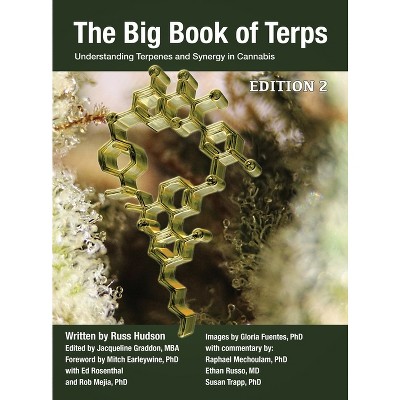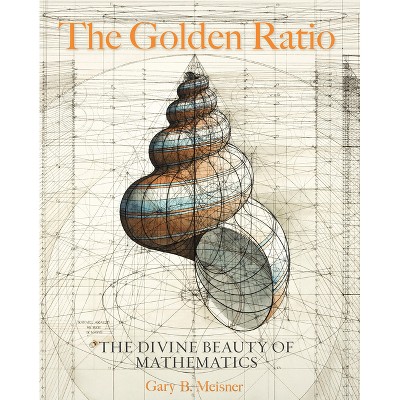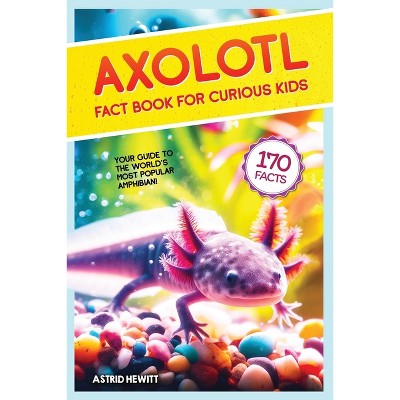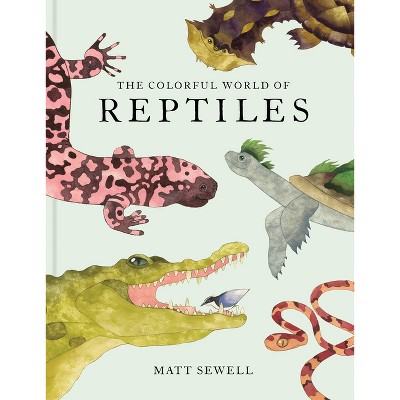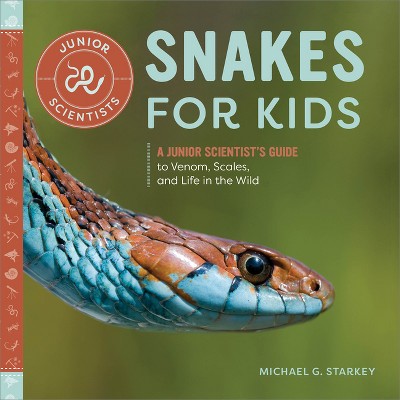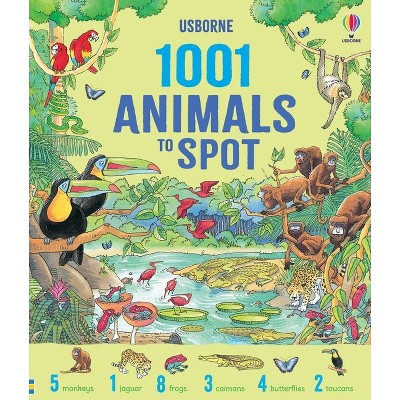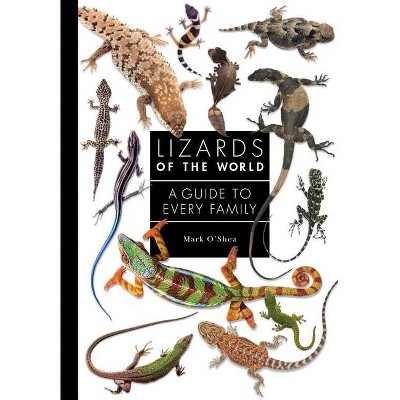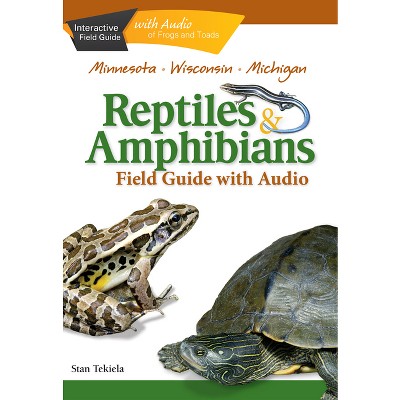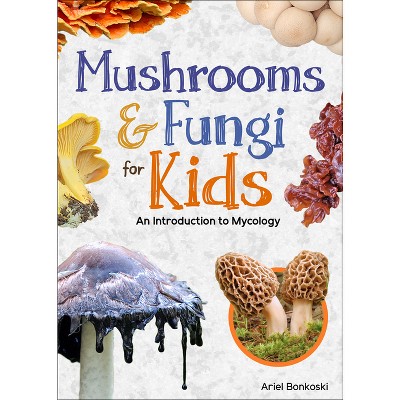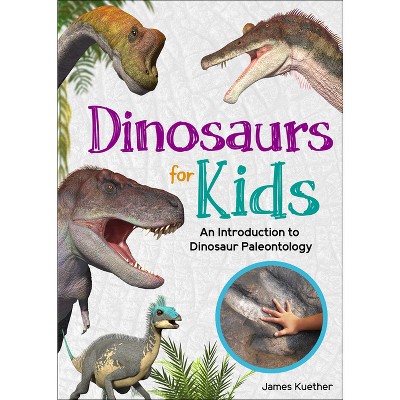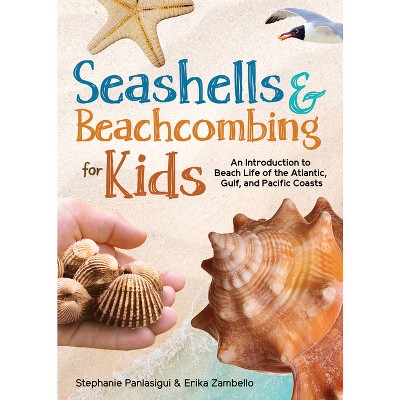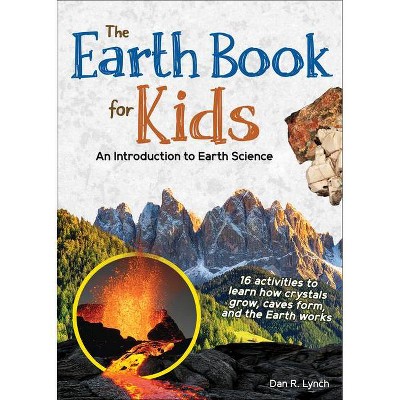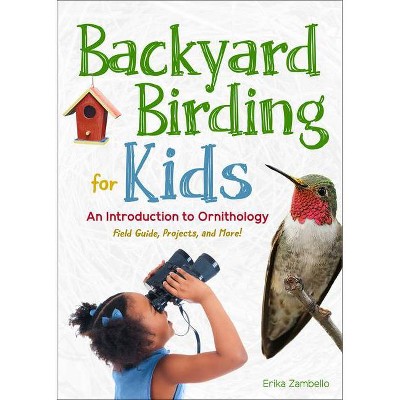Sponsored

Reptiles & Amphibians for Kids - (Simple Introductions to Science) by Jessica Hua (Paperback)
Pre-order
Sponsored
About this item
Highlights
- Get to know herptiles (herps) with this fun and fascinating children's guide that includes an introduction to herpetology and a section for identifying over 70 species.
- 6-12 Years
- 7.0" x 5.0" Paperback
- 144 Pages
- Juvenile Nonfiction, Animals
- Series Name: Simple Introductions to Science
Description
Book Synopsis
Get to know herptiles (herps) with this fun and fascinating children's guide that includes an introduction to herpetology and a section for identifying over 70 species.
Reptiles and amphibians are some of the most exciting animals for children to discover. These small but mighty creatures spark curiosity and inspire outdoor learning. Become a young herpetologist. Learn all about frogs, lizards, snakes, turtles, and other cool critters. Jessica Hua, a professional educator and researcher, presents a kids' introduction to herpetology, the study of reptiles and amphibians. From alligators and crocodiles to skinks and salamanders, this easy-to-understand book is a perfect guide for beginners.
Reptiles & Amphibians for Kids features expert insights on a variety of common and important species. It delves into such topics as the differences between reptiles and amphibians, their evolutionary beginnings, and staying safe when encountering them. In the field-guide section, featured species are organized by type and then by size. Full-color photographs and descriptions of key markings help readers to identify the critters they see in nature.
Inside You'll Find
- Beginner's guide to reptiles and amphibians
- The basics of herpetology and animal anatomy
- Identification guide to common and important species to know
- Fun bonus activities for the whole family
About the Author
Jessica Hua is an associate professor at the University of Wisconsin-Madison in the Department of Forest and Wildlife Ecology. There, she leads a group of scientists working to understand the threats that amphibians face. She and her team also study how to use non-traditional resources--like art, children's books, and citizen (community) science--to make science more accessible to broader audiences.


